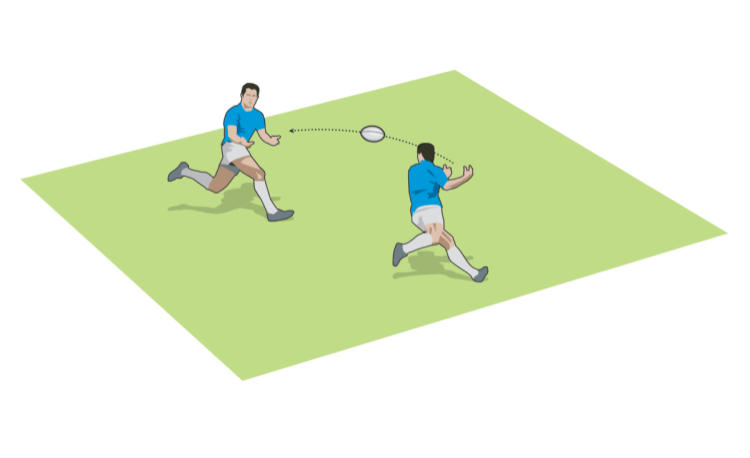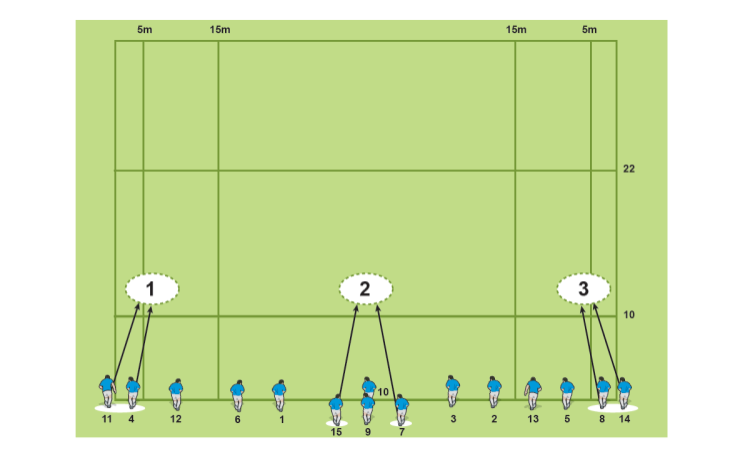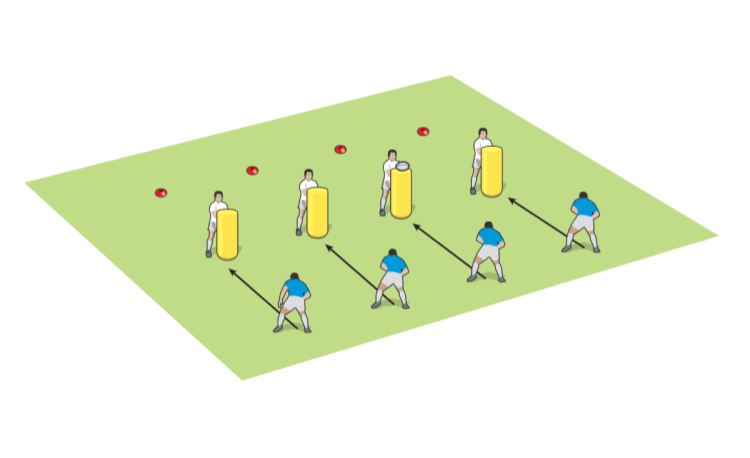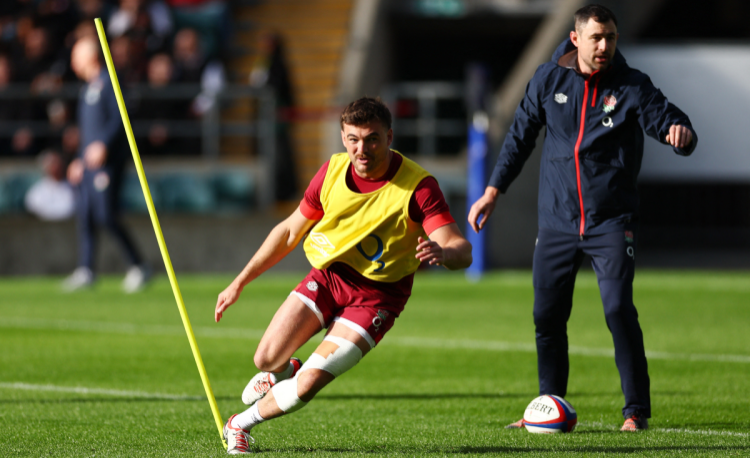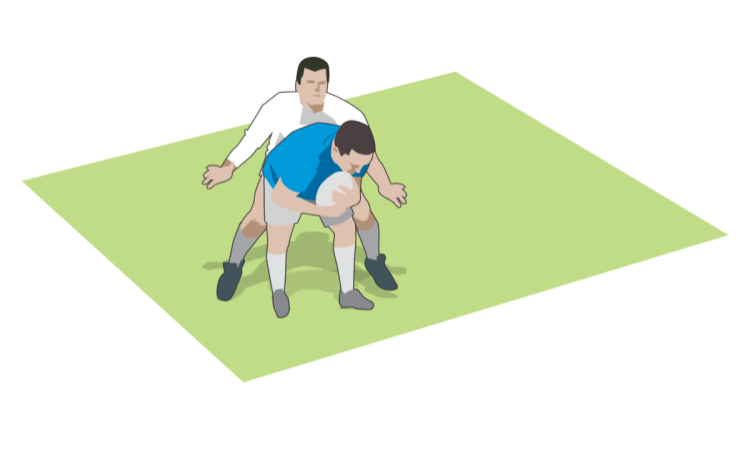You are viewing
1 of your 2 free articles
Confusion caused by a lack of focus
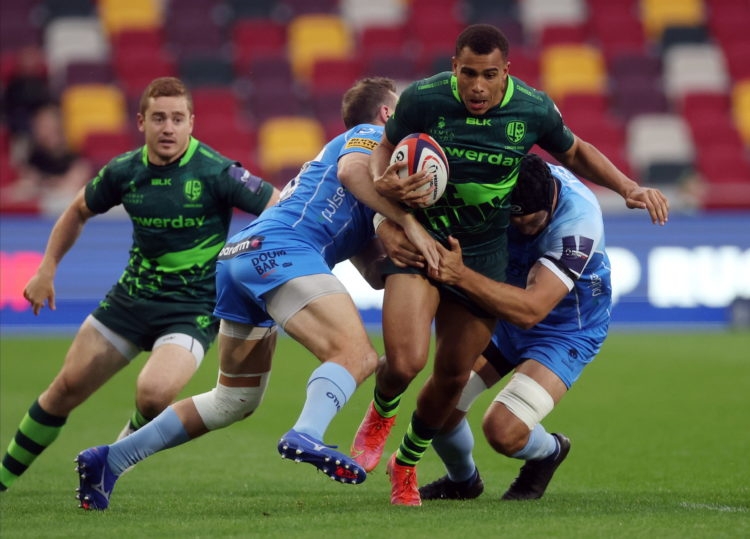
Expect higher standards from your players, no matter what level they are. Do this by creating one focus for the session, a principle of play they must keep to all the time.
Our session, called “Turbulence” starts in quite an ordered fashion. Yet, get to the developments, and there’s plenty of unstructured action. If you watched a well-seasoned club side try this out, they would probably fall into some attacking shapes. Less experienced players would, however, look bewildered.
The session works for all levels. This is because you can set the speed of the session by introducing a different ball when they start to look comfortable. The key is that they go back to the principles of rugby.
The first principle is to go forward. To do that, players need to keep realigning based on where they are in relation to the ball carrier and nearest support players. There are no hard and fast rules for this because things change so quickly.
However, if the players have a principle they need to keep to, they will start to feel when and where they should be. It also works much better if there are leaders on the pitch. With younger players, you might have a designated “pivot” player. I call them a pivot because they are not the player who are going to run with the ball. Instead, the attack will pivot around them, receiving a pass.
Any player can be a clearing passer, that is the player who passes the ball away from the tackle. The pivot may call for the ball to be passed to them or to a runner coming closer to the action. The pivot could be allowed to run a few paces but must pass the ball. Every couple of plays, swap in another player as the pivot player.
Initially, the session is run without a defence. That’s not ideal because players should adjust according to the pictures in front of them. Yet, in this case, you are creating a different sort of pressure because of the speed of delivery. And, you want the players to have lots of goes in a short space of time. There is a compromise at this stage.
Eventually, you need to put in defenders. This changes the realignment dynamic. Instead of just running onto the ball, the players will look for holes in the defence. What happens now isn’t always very pretty. The defence offers a visual as well as a physical barrier to running forward. This is where you must encourage your players to keep going forward.
Initially, if they do, they will still meet the defence, but at least the players will be going forward. No need for wild passes. Just keep going forward and at pace. As they begin to be comfortable with this, then they can pass more.
So, keep to the focus. The focus is quick ball on the front foot. And that means keep going forward.
Related Files
Newsletter Sign Up
Coaches Testimonials

Gerald Kearney, Downtown Las Vegas Soccer Club

Paul Butler, Florida, USA

Rick Shields, Springboro, USA

Tony Green, Pierrefonds Titans, Quebec, Canada
Subscribe Today
Be a more effective, more successful rugby coach
In a recent survey 89% of subscribers said Rugby Coach Weekly makes them more confident, 91% said Rugby Coach Weekly makes them a more effective coach and 93% said Rugby Coach Weekly makes them more inspired.
Get Weekly Inspiration
All the latest techniques and approaches
Rugby Coach Weekly offers proven and easy to use rugby drills, coaching sessions, practice plans, small-sided games, warm-ups, training tips and advice.
We've been at the cutting edge of rugby coaching since we launched in 2005, creating resources for the grassroots youth coach, following best practice from around the world and insights from the professional game.







